Two of the best classroom tools I used began the moment my students walked into the classroom and in the moments before they left. Our beginning and ending routines not only allowed students to transition, but they also allowed them to engage in their interests, check in with me individually and gave me time to do the same. Teachers need transition time too!
Now at home, I begin my time with my children the same way I did with my students- we grab a good book. At the end of the day, we do too. Reading together gives my kids a place to land. When we’re done with a chapter or two, depending on the time of day, they are ready to either move on to the next piece of our day or head off to bed.
There are many ways to begin and end your time with children. Here are a few of my favorite ways.
Beginning Routines
Starting a class or morning the same way each day allows kids to settle in and transition. They know what to expect before they arrive, and there is something soothing about beginning time together with a simple activity or ritual.
There are many ways to create this time:
Read Aloud
Independent Reading
Audiobook
Journaling
Doodling
Board Game
Yoga
Meditation
Maybe try a different activity each day or switch things up each season.
When I was teaching, I began each class with SSR (Silent Sustained Reading). My students chose the books they wanted to read, and (this is key) I read too*. We spread out on the floor. Sometimes we went outside. Over and over again, year after year, kids told me it was one of the best parts of their day. I rarely had students lose control in my classroom. They liked being in class, and after ten minutes, when our timer went off, they were ready to learn. Starting each class in silence and being able to read books that interested them helped them quiet whatever had happened in the hall or previous class, transition into English, pause, breath, and refocus.
For the last couple of years I taught, we used the Mind Up curriculum. After SSR, I used a chime to help us practice meditative breathing. This, too, proved to be a great way to start our class.
*A beginning routine is for everyone. If you are facilitating, you need transition time too. Don’t use this time to grade, do dishes, or check email. Allow yourself to center. Pick up a book, grab your journal, or enjoy an audio book with your kids.
Ending routines
It’s nice to go full circle. Just like having a beginning routine, having something that signals an end or close to a class or day is important too. In my writing circles, we pass a candle to begin and end. In my home, we begin and end each day by reading. There are many ways to end a day:
Ask kids the “most important question of the day” and make it something silly like, “What is the best ice cream flavor in the world?”
Play two truths and a lie
Read Aloud
3 words list- Children write down three words that summarize something they’ve learned and explain why the words are relevant.
Draw- a picture related to something learned
Energy Check- Ask, how are you feeling right now?
Meditation
Read Aloud
One of my favorite ways to end my English classes was an Exit Slip. I’d pass out index cards and invite students to write about something specific we’d learned. This was also a time for them to ask questions they didn’t want to ask in class, now realized they had, or let me know how the class went for them. This tool helped me check in with each student, helped them reflect on their learning and time in our class, and again ended our class quietly and calmly.
The times I didn’t have a beginning routine in my classroom and expected my students to launch right into the next topic without transition never went well. It’s the same at home. If I want our family to have an ease to our day, we have to actually ease into it.
Creating routines takes a little time, and it takes consistency. Go with simple. Choose one thing, not five. And choose something you know your kids will enjoy. Find books that hook them, let them write about anything they want to in their journals, or listen to the same audiobook over and over again if that is what gives them joy.
The goal of a beginning and ending routine is not to teach a new skill or challenge a child. These routines should help children and facilitators transition, settle, and find a place of calm. Learning can’t happen when we feel hyper, frazzled, or preoccupied.
A routine to begin and one to end is the bread of a learning sandwich. It keeps the good stuff, their learning, from becoming a mess on the floor. Offer your children a little time to begin and a little time to end each day. It will make all the difference.
I’d love to know how you begin and end your day with your children.


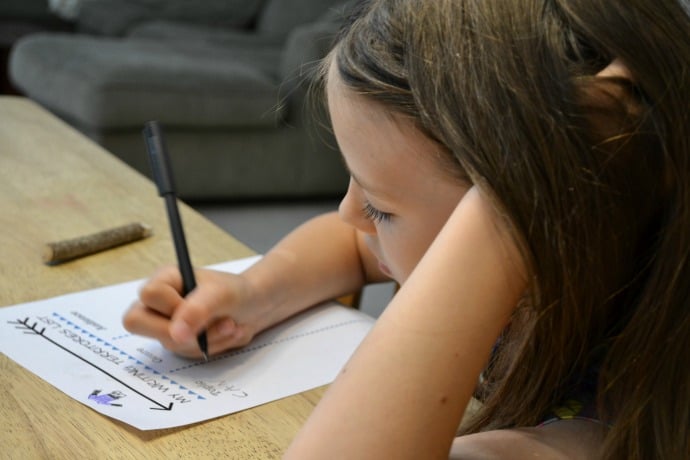
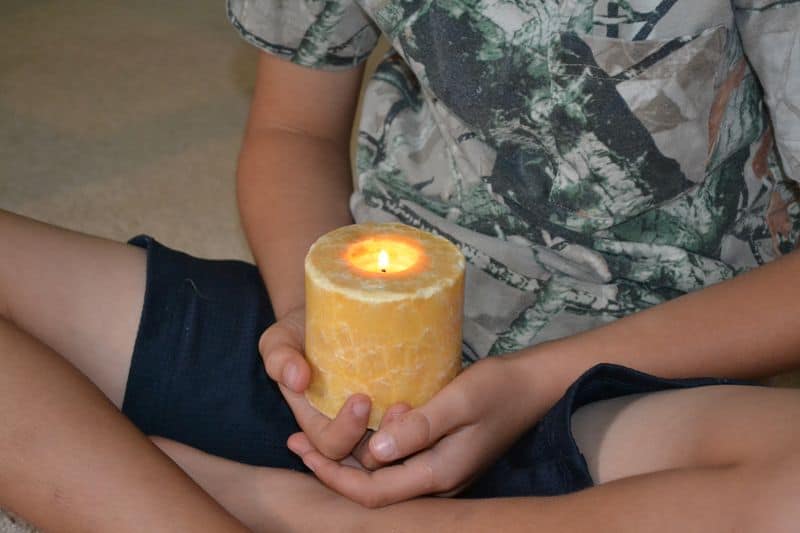


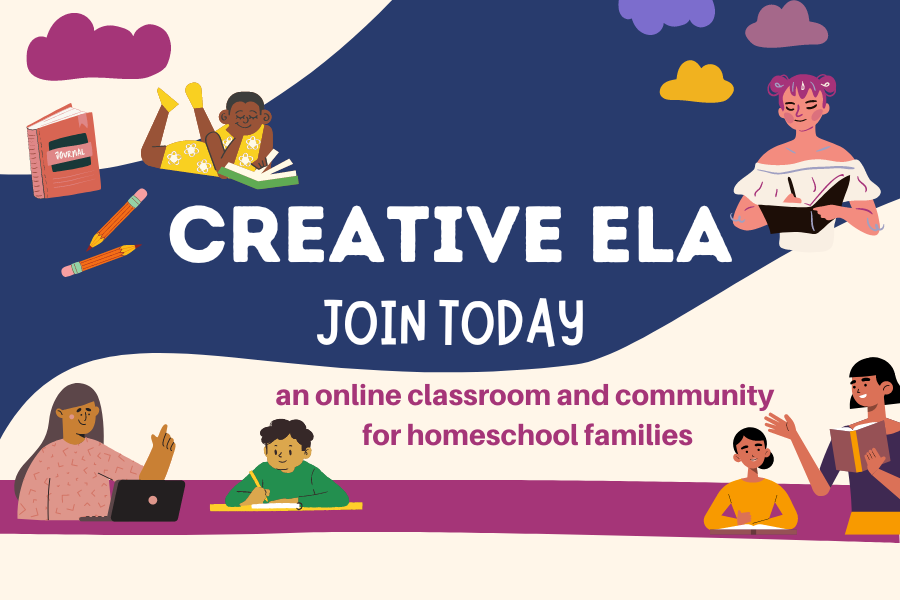

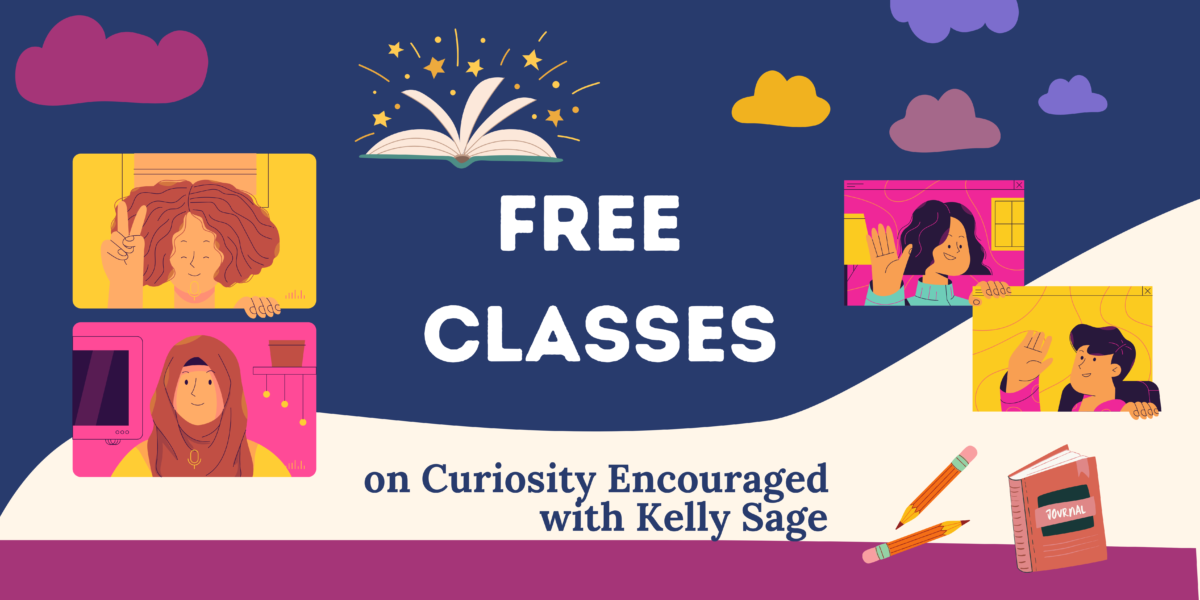
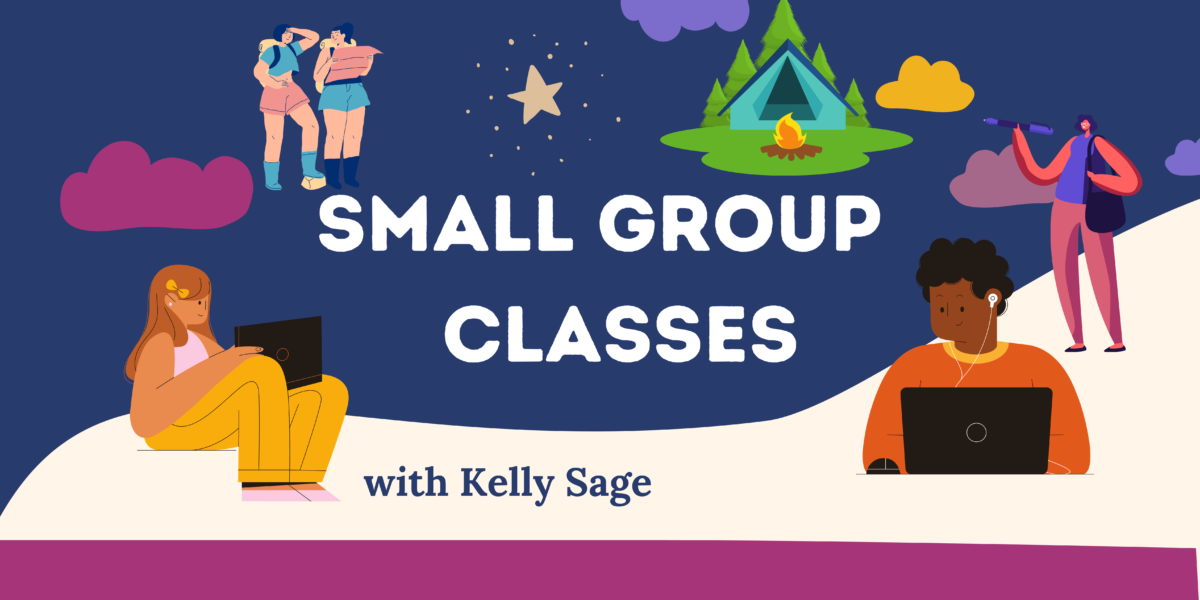
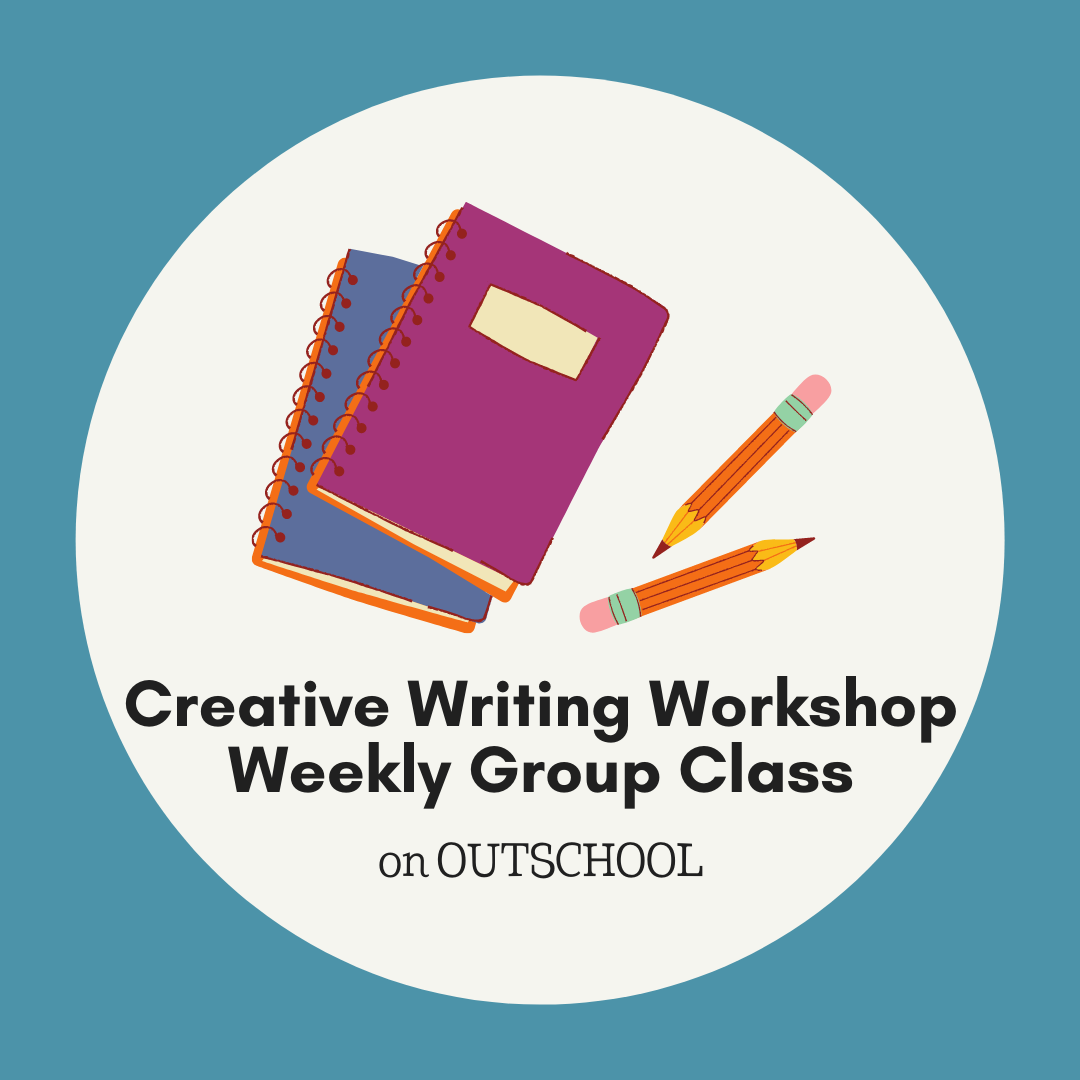






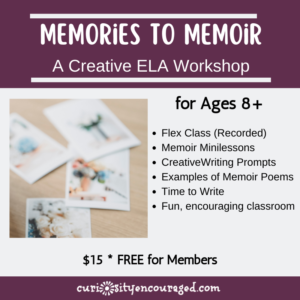
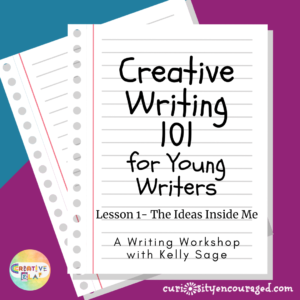

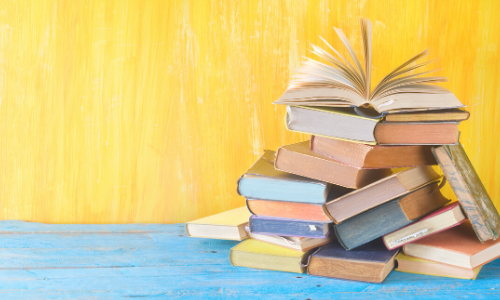
So many great ideas!! But as you said “Choose one thing, not five.” I’ve got one who loves board games; we really should play one every day.
Or at least one at a time 🙂 The older my kids get, the more I am so grateful for board games!
Pingback: How Do I Teach My Children - Curiosity Encouraged
Pingback: Simple & Fun | Things to Do With Kids When You're Home All Day -